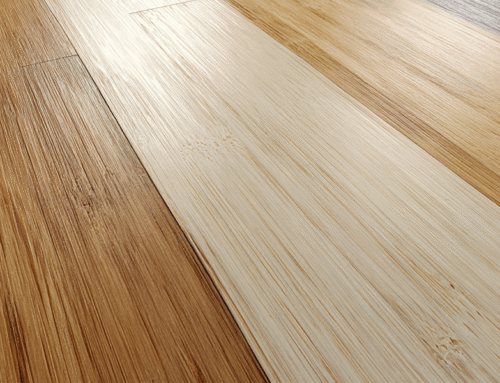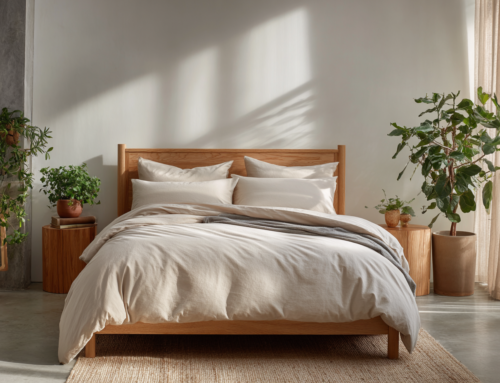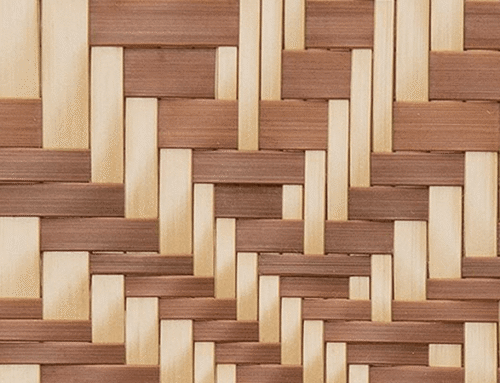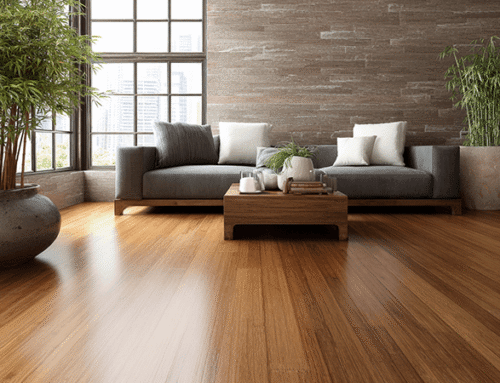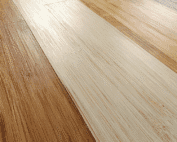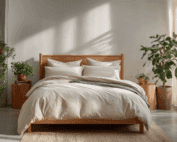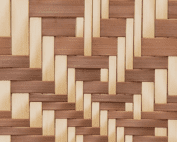Strand vs. Side vs. Plain Woven Bamboo Plywood: 2025 Guide to Durability, Style & Sustainability

Introduction
As demand grows for sustainable, high-performance materials, most durable bamboo plywood emerges as a top contender for flooring, cabinetry, and outdoor projects. Unlike slow-growing hardwoods, bamboo regenerates in 3–5 years and offers lab-tested resilience rivaling steel-reinforced composites[1]. This 2025 guide compares three manufacturing methods—Plain Pressed, Side Pressed, and Strand Woven—to help you balance durability, aesthetics, and eco-efficiency.
Key Differences in Bamboo Plywood Types
Durability
- Side Pressed: Boasts the highest density (ideal for flooring) due to vertical compression of bamboo strips, resisting dents from heavy furniture[1].
- Plain Pressed: Moderate strength with horizontal lamination; prone to surface scratches in high-traffic zones.
- Strand Woven: Treated with resins for extreme hardness (>3000 Janka rating[2]), outperforming red oak by 2x. Waterproof variants excel in kitchens and outdoor decks.
👉 "Strand woven bamboo is one of the hardest flooring materials available. According to ResearchGate.net, its hardness typically exceeds 3000 on the Janka hardness test—more than double that of red oak (1290). This makes strand woven bamboo an excellent choice for high-traffic areas and commercial spaces where durability is key."
Aesthetic Flexibility
- Plain/Side Pressed: Linear, natural grain suits minimalist interiors.
- Strand Woven: Marbled textures and carbonized finishes (e.g., espresso, gray) align with 2025’s trend toward bold, customizable designs.
Top Applications
- Plain Pressed: Lightweight furniture, wall panels.
- Side Pressed: Flooring, countertops (scrub-resistant).
- Strand Woven: Cutting boards and decks treated with zinc oxide-graphene coatings to block mold/bacteria[3].
👉"Recent research published in Royal Society Open Science has demonstrated that treating bamboo with zinc oxide and graphene significantly enhances its resistance to mold and bacteria, making it an excellent choice for outdoor decking and cutting boards."
Cost & Eco-Friendliness (2025 Updates)
- Strand Woven: Highest cost (~$8/sq.ft) due to shredded fiber processing.
- Side Pressed: Most eco-efficient—recombined arc-segment (RABL) methods slash adhesive use by 50% and boost material yield 1.8x[1].
- All Types: Meet 2025 low-VOC standards and biodegrade 3x faster than oak.
👉"Recent research published in BioResources highlights that side-pressed bamboo processing, specifically through recombined arc-segment bamboo lumber (RABL), achieves a bamboo utilization rate 1.8 times higher than traditional methods. This process also reduces adhesive usage by nearly half, underscoring its efficiency and sustainability."
Decision Guide
- Choose Side Pressed for structural projects.
- Opt for Strand Woven for moisture-prone spaces.
- Use Plain Pressed for budget-friendly indoor designs.
Get a Free Quotation
Share This Story, Choose Your Platform!
Table of Content
Join Our Newsletter
Latest Posts
Copyright 2020 – 2030 Well Nature Bamboo
All Rights Reserved!
